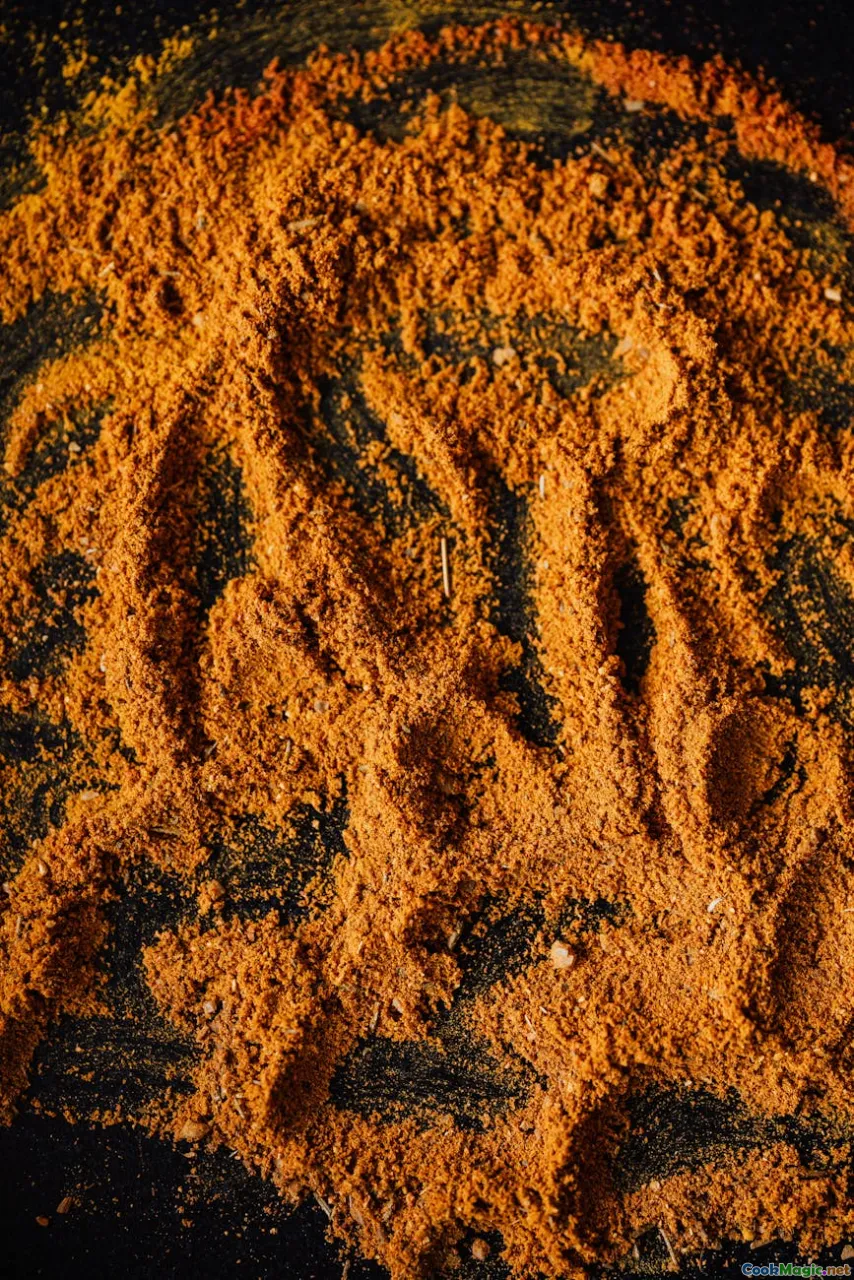Exploring the Spices That Define Uzbek Cuisine
7 min read Discover the bold spices that shape Uzbek cuisine, from fragrant cumin to fiery chili, and their cultural significance in every dish. May 04, 2025 18:00
Exploring the Spices That Define Uzbek Cuisine
Imagine wandering through the bustling bazaars of Tashkent at dawn, the air thick with a symphony of aromas—earthy cumin, sweet saffron, pungent coriander, and fiery chili. These scents don't just tantalize the senses; they are the heartbeat of Uzbek cuisine, a vibrant tapestry woven through centuries of tradition, trade, and cultural exchange.
The Heartbeat of Uzbek Flavors: An Introduction
Uzbek cuisine is renowned for its hearty, flavorful dishes that reflect a rich history influenced by Persian, Turkic, Russian, and Chinese culinary traditions. At the core of this culinary mosaic are spices—small but powerful ingredients that transform simple ingredients into unforgettable sensory experiences. They carry the stories of ancient Silk Road caravans, nomadic tribes, and settled communities who have preserved and refined these flavors over generations.
A Deep Dive into Key Spices
1. Cumin (Zira)
Cumin is perhaps the most emblematic spice in Uzbek cooking. Its warm, nutty aroma permeates countless dishes, from the iconicPlov—a fragrant rice pilaf—to soups and stews. In Uzbekistan, cumin is often toasted before being ground, releasing a deeper, more aromatic profile. Its presence provides a smoky undertone that balances the richness of meat and the earthiness of vegetables.Personal Reflection: I vividly remember my first encounter with Uzbek Plov in Samarkand. The aroma of cumin, mingling with caramelized onions and tender lamb, was intoxicating. It’s a spice that doesn’t just flavor food—it evokes a sense of home and tradition.
2. Coriander (Koriander)
Coriander seeds, with their citrusy, slightly spicy flavor, are used both whole and ground. They add brightness and complexity to dishes likeShashlik(grilled meat skewers) andLagman (noodle soup). Toasted coriander seeds release a warm, spicy aroma that complements cumin and enhances the overall depth of flavor.Insight: The use of coriander in Uzbek cuisine reflects centuries-old trade routes, as coriander was a valued commodity along the Silk Road, symbolizing both nourishment and prosperity.
3. Chili Powder (Qizil Pipak)
Uzbek dishes are often characterized by their subtle heat—not overwhelming but enough to ignite the palate. Chili powder, sometimes fresh, sometimes dried, adds a gentle spiciness that accentuates the other spices. It’s used in marinades, soups, and even bread, imparting a smoky, fiery kick.
Personal anecdote: I once attended a traditional Uzbek wedding where a bride’s family prepared a massive bowl of Shurpa (a meat and vegetable soup). The chili’s warmth balanced the richness of the lamb, creating a comforting yet invigorating flavor.
4. Saffron (Safran)
Few spices evoke luxury and tradition like saffron. In Uzbek cuisine, saffron threads are infused into rice dishes, especially during festive occasions, turning the grains a vibrant golden hue and imparting a subtle floral aroma. It’s a symbol of hospitality and celebration.
Saffron’s story: Saffron’s journey into Uzbek kitchens is intertwined with Persian influence, making it a treasured ingredient reserved for special dishes and occasions.
The Art of Spice Blending
Uzbek cooks are true artisans, expertly blending these spices to create harmonious flavors. For example, in Plov, cumin and coriander form the backbone, complemented by a hint of chili and saffron for sophistication. The process involves dry roasting spices in a hot pan to unlock their full aroma before adding liquids and other ingredients.
This mastery of spice blending is not just about flavor—it's about storytelling. Each pinch, each toast brings to life a piece of Uzbek history, geography, and culture.
Cultural Significance and Social Context
Spices are more than mere ingredients; they are a reflection of Uzbek identity. In traditional communities, sharing a meal seasoned with these spices is an act of hospitality, a way to honor guests and celebrate life’s milestones. During festivals and family gatherings, the aroma of spiced dishes fills the air, creating a collective memory rooted in warmth and togetherness.
Personal Insights and Culinary Adventures
Exploring Uzbek spices has been a journey of sensory discovery. I recall visiting a spice trader in Bukhara, where he expertly ground fresh cumin and coriander, explaining how each spice is carefully stored to preserve its essence. His passion was contagious, inspiring me to experiment with spice blends at home.
In my kitchen, I’ve learned that the key to authentic Uzbek flavors lies in patience and respect for tradition. Toasting spices before grinding, using quality ingredients, and balancing flavors thoughtfully are essential steps.
Final Thoughts: The Spirit of Uzbek Spices
Uzbek cuisine’s spices are more than flavor enhancers—they are storytellers, cultural ambassadors, and symbols of hospitality. They invite us to taste history, to understand a land where flavors have traveled and evolved over millennia. Whether savoring a bowl of Lagman, a plate of Plov, or a simple grilled kebab, understanding the spices that define Uzbek cuisine deepens our appreciation and connection to this rich culinary heritage.
So next time you sprinkle cumin on your dish or infuse rice with saffron, remember—you are partaking in a tradition that spans centuries, a flavorful journey through the heart of Central Asia.
Embark on your own culinary adventure and let these spices lead you to the soul of Uzbek cuisine.









